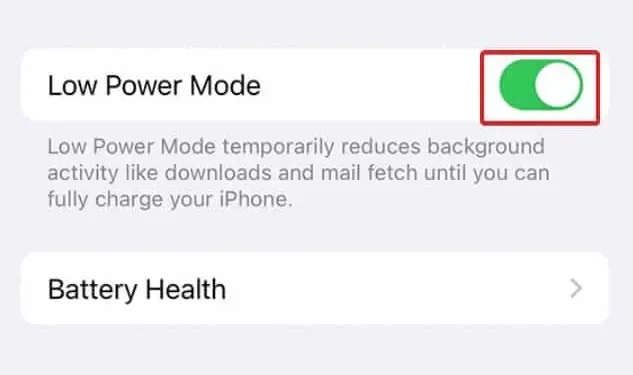Bigscreen presents its first virtual reality headset, according to the manufacturer, the smallest on the market.
Bigscreen is best known for its virtual social platform, but the company is now entering the VR headset market. And she thinks she can stand out by offering a much less impressive product than the competition. The company has just launched Beyond, a PC-only headset that the manufacturer claims is “the smallest in the world”and extremely light at just 170g with the mounting system.
Bigscreen unveils its first virtual reality headset
In comparison, the HTC Vive Flow weighs 190g. And the Beyond is not a cheap helmet, as it offers two 90Hz 5K OLED screens (5120 x 2560 pixels), six-DOF tracking, and three-element optics that should normally eliminate the grid effect (when you you can see gaps between pixels.) while reducing its size and providing a perfectly acceptable 93° horizontal field of view.
The brand doesn’t use fantastic technology to achieve this reduction in the size of its helmet, but it does make a number of strategic sacrifices. Instead of having different controls for a perfect fit on your head, Bigscreen asks you to scan your face via the iOS app to create your own Beyond. You can even buy corrective lenses if you need them. Six-degree tracking relies on SteamVR Base Stations, not on-board cameras, and the built-in headphones are only available via the “Audio Strap”option. The headset connects to the PC through a box that provides video streaming and power.
The smallest on the market, according to the manufacturer
Beyond is compatible with the SteamVR platform and any controller (including Vive and Valve Index) and full body trackers. And you need this compatibility because Bigscreen doesn’t have a controller in the box. You will also need a reasonably powerful computer with at least four cores and a GeForce RTX 2070 or Radeon RX 5700 XT graphics card.
Pre-order for Beyond costs $999. The first deliveries are expected in the US this summer. Canada and Europe will generally be eligible at the end of the year, while Australia, New Zealand and Japan will need to reach the very end of the year. More countries will join the list in 2024, according to Bigscreen. The manufacturer justifies this slow time to market with the complex manufacturing processes of custom helmets.
Beyond’s value for money will depend on your use and your expectations. This headset is cheaper than larger ones like the Meta Quest Pro or the HTC Vive XR Elite, but both are standalone headsets with controllers that can be easily used by other users. And if you’re using apps and games that aren’t available on SteamVR, Beyond isn’t for you. Otherwise, it can be a very interesting alternative, especially if you plan on using it for long sessions.


